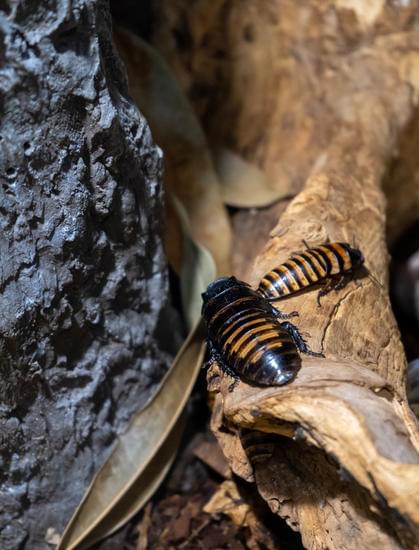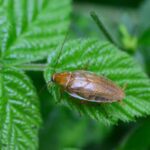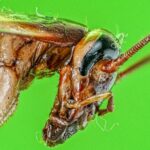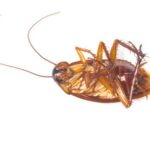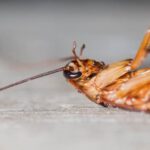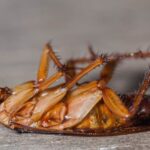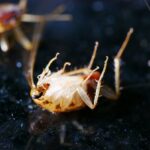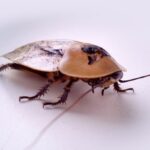Cockroach Eyes – How Cockroaches Perceive an Object
Cockroaches are able to perceive a wide range of objects thanks to the complex compound eyes on their head. These eyes contain more than 2,000 hexagonal ommatidia and can receive several images of an object at once. This type of vision is known as mosaic vision and combines a higher sensitivity with a low resolution. Nevertheless, the eyes of cockroaches allow the insects to perceive objects very clearly, even at night.
These insects have a wide range of senses and are able to track pheromone smells. They also have six legs and organs that work in tandem with their antennae. This allows them to have an enhanced sense of touch and pressure changes. Their abdomen also has fine hair-like adaptations that enable them to sense even the tiniest breezes. Their highly developed sense of smell is also extremely valuable in detecting predators.
The alimentary canal is long and somewhat coiled. It consists of three parts: foregut, midgut, and hindgut. Foregut has five segments and six cutical teeth. It is connected to the mesenteron by the stomodaeal valve. Midgut has eight blind hepatic cae while hindgut consists of ileum, colon, and rectum.
Cockroaches are small insects that live in warm, dark environments. Their preferred temperatures range from 75 to 86 degrees Fahrenheit. They can not fly long distances but will try to move to a cooler location to survive. If they do find a suitable location, they will look for water. If they do not find enough water, they will die.
